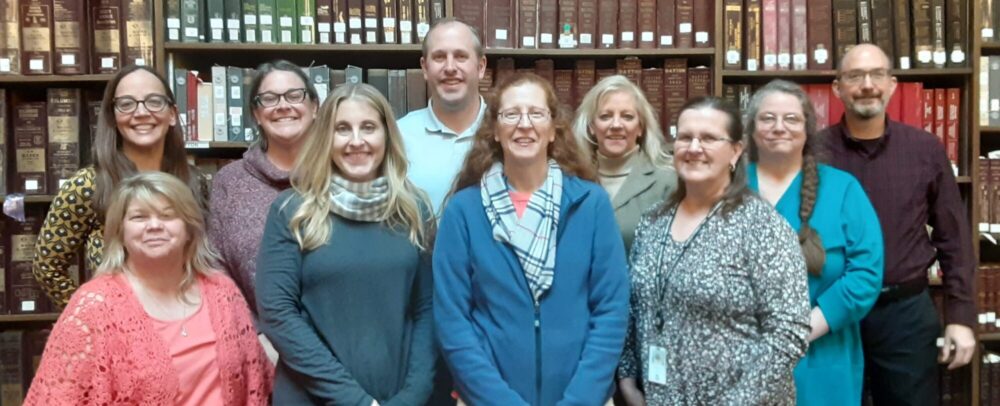As part of its 2020 grant OHRAB received funding to continue its Archival Fellowship program. Due to the pandemic the program had to be cancelled for 2020 but OHRAB received an extension to offer the program in the summer of 2021. This program provided three students with archival training and practical, hands-on experience. The program focused on identifying and providing information about manumission records held in the following counties: Adams, Brown, Butler, Clermont, Clinton, Fayette, Hamilton, Highland, Madison, Pike, Scioto and Warren.
In 1804, the Ohio General Assembly enacted the Ohio Black Codes to govern black and mulatto people residing in the state. Under these Codes, free blacks and mulattos were required to register at their local court. This registration process required providing emancipation papers or witnesses that could corroborate a person’s “free” status and a guarantee surety of five hundred dollars for the African Americans’ good behavior. Most often, manumission records were the first records to document these individuals’ journeys from being seen as property to being recognized as a person. Due to the lack of documentation on African-Americans in the early to mid-nineteenth century, these manumission records are an important resource for genealogists.
Chris Cortese (Ohio State University), Wil Morris (University of Cincinnati), and Olivia Wood (Kent State University), received the 2021 fellowships. The program ran from June 1 to July 30 and during that time Cortese, Morris and Wood visited county recorder offices and other government agencies, probate courts, public libraries and historical societies. They also searched through the 1850 and 1860 censuses, the Special Enumeration of Blacks Immigrating to Ohio, 1861-1863 and contemporary newspaper accounts of manumission cases to identify potential names which could then be searched in record indexes. The students recorded when available the name of the emancipated slave, name of the person who emancipated the slave, location where freed, date of freedom, location of record and page number.
Cortese, Morris and Wood also created story maps highlighting their discoveries:
